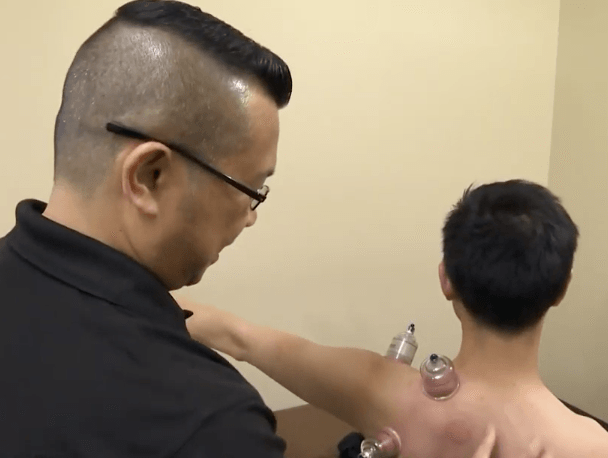
Open Accessibility Menu
Hide
dfh
Close Alert
Close Alert
Author: Ashwinder Wadhawan, PT

Negative pressure technology may sound intimidating, but rest assured, the rehabilitation benefits of negative pressure techniques like cup therapy are entirely positive.
Myofascial decompression (MFD), or “cup therapy,” as it is more commonly known, is a manual therapy technique that involves applying suction to the surface of the body to help alleviate discomfort and improve mobility in underlying myofascial tissue.
Small glass cylinders, or cups, are placed over the affected fascia, or muscles. Negative pressure is then applied via the cups using a suction pump. This negative pressure creates space between fascial layers there by stimulating blood flow to the area. The result is a release of tension, providing the patient with both pain relief and a greater range of motion.
The presence of cup therapy has certainly grown in the United States in recent years, but this evidence-based approach to neuromuscular re-education has roots in traditional eastern medicine that go as far back as 281 AD.
Cup therapy was adopted by the Washington Outpatient Rehabilitation Center in 2014 after one of the physical therapists was introduced to the technique for her own running injury. After experiencing the life-changing results for herself, she was trained in the therapy approach, and it has since been incorporated into the treatment plans of over half of all patients.
While cup therapy is sometimes paired with ultrasound, electric stimulation or other manual therapies, patients are usually asked to perform non-strenuous or repetitive movements, like stretching, during their sessions to maximize the healing benefits. Cup therapy is based on the science of neuromuscular deficits.
There are a few factors to consider before deciding whether or not cup therapy should be added to your treatment program. It is important to know that everyone reacts differently to this technique, and the recommended number of sessions will depend on the severity of the injury and how the patient responds to the treatment.
This noninvasive technique may be uncomfortable for some individuals. There are a few minor side effects that some patients may experience during and after a cup therapy session.
Cup therapy has proven to be tremendously beneficial in a wide variety of muscular rehabilitation and pain management cases. However, patients should not consider cup therapy if they are currently on blood thinners, in the later stages of pregnancy, or actively receiving chemotherapy, radiation and other cancer-related therapies. Those who have struggled with particularly thin or sensitive skin are also advised to consider other treatment options first.
Ultimately, it is the physical therapist who makes the call as to whether or not this approach will yield the best results for his or her patient. The Outpatient Rehabilitation Center at Washington Hospital is committed to educating their patients and their community about all available treatment options, and is dedicated to providing the highest level of personalized care possible.
Posted August, 2019
About Ashwinder Wadhawan, PT
Ashwinder earned her bachelor's degree in physical therapy from Guru Nanak
Dev University in India in 2007. She started working in California as
a PT in 2010. She has been working in Washington Outpatient Rehab Clinic
since September 2013. Ashwinder enjoys working with patients of all ages
and speaks English, Punjabi and Hindi fluently. She has keen interest
in manual therapy and vestibular therapy. In her free time, she enjoys
spending time with her family, reading books and traveling.